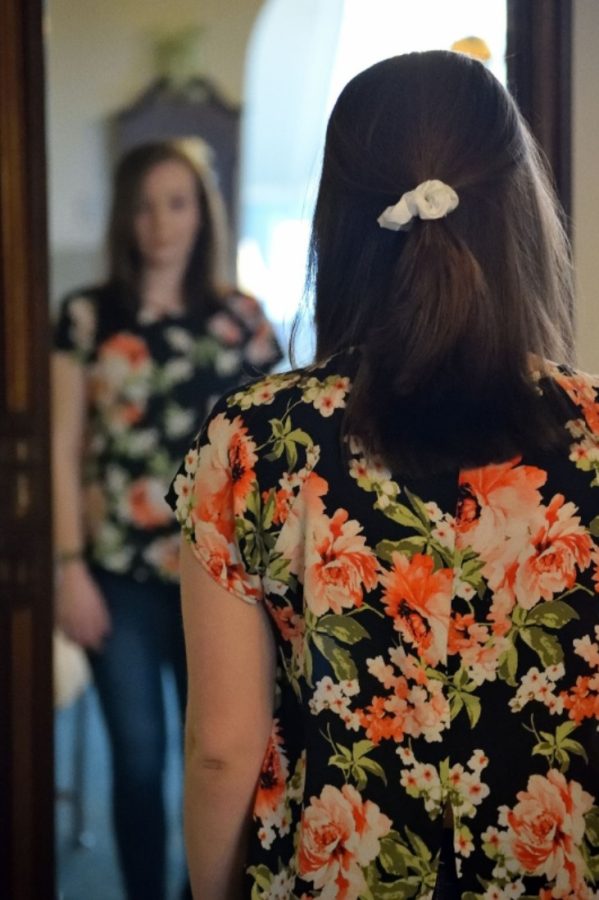The Secret Plague of Body Dysmorphia
Royalty-free image from Unsplash.com
Body dysmorphic disorder is a mental health disorder in which you cannot stop thinking about one or more perceived defects or flaws in your appearance.
February 25, 2022
High school is the time when students become more aware of what society expects of them. High school students are under extreme pressure in every aspect of their life. They are expected to be successful students, obedient children, and wise adults, while also enjoying their youth. Yet, the most hidden expectation is that of having a body that looks a certain way, a way that society has deemed to be “healthy” and “acceptable.”
“The simplest explanation for body dysmorphia is perceiving all or parts of one’s body as different from reality,” one of University High School’s psychologists Mr. Nathan O’Leary said. “Someone might see themselves as heavier than they actually are, or their attention might focus on one or more particular characteristics, and they may be hyper focused on that to the point where they are seeing something different from what the average person would see.”
Even though body dysmorphia is a recognised mental disorder, subtle symptoms of it may appear in our daily lives, including staring in the mirror at a part of your body that you do not like, constantly touching it, not feeling comfortable wearing specific clothes, or having a desire to change your body in some way.
“There could be multiple causes for body dysmorphia,” junior Sydney Quach said, “but I think the main contributor is social media. Seeing people post about their ‘perfect’ lives on social media and seeing them in a perfect picture with perfect lighting and perfect angles could potentially lead to body dysmorphia.”
A major problem with body dysmorphia, however, is not vocalizing it. Many are afraid that others around them might not understand their fears or anxieties, or might judge them for it, and thus they never receive proper help when necessary. These insecurities, when invigorated by neglect and silence, could potentially lead to full-blown depression, anxiety disorders, mood disorders, and eating disorders.
There is also a common stereotype that only girls can feel insecure or anxious about their appearance, which is definitely not true. Body insecurity can affect anyone at any time.
“Negative comments from family and friends are a major reason why others might feel insecure,” junior Manisha Sawhney said. “They just don’t always understand the ramifications of what they say.”
Overcoming insecurity is not easy, but it is possible. One simply needs to practice transferring the energy of contemplating their body into something more productive and positive.
If someone at UHS suffers from body dysmorphia and needs help, they have a couple of different options. These include reaching out to their counselor or a school psychologist, both of whom are trained in mental health. They can also reach out to UHS’ wellness counselor, Ms. Nilou Tohidian.
“We’re more than happy to engage in conversation and counseling,” Mr. O’Leary said. “With something like body dysmorphia, especially if it’s accompanied with an eating disorder, which is pretty common, that would require a rather intensive level of therapy, so likely what we would do is refer out to community resources or private therapists so the person can be working one on one, with an intensive level of therapy. Then, at the school level, we would support the student by working with the therapist, checking in regularly, or providing them with a safe place to go when they’re struggling.”





